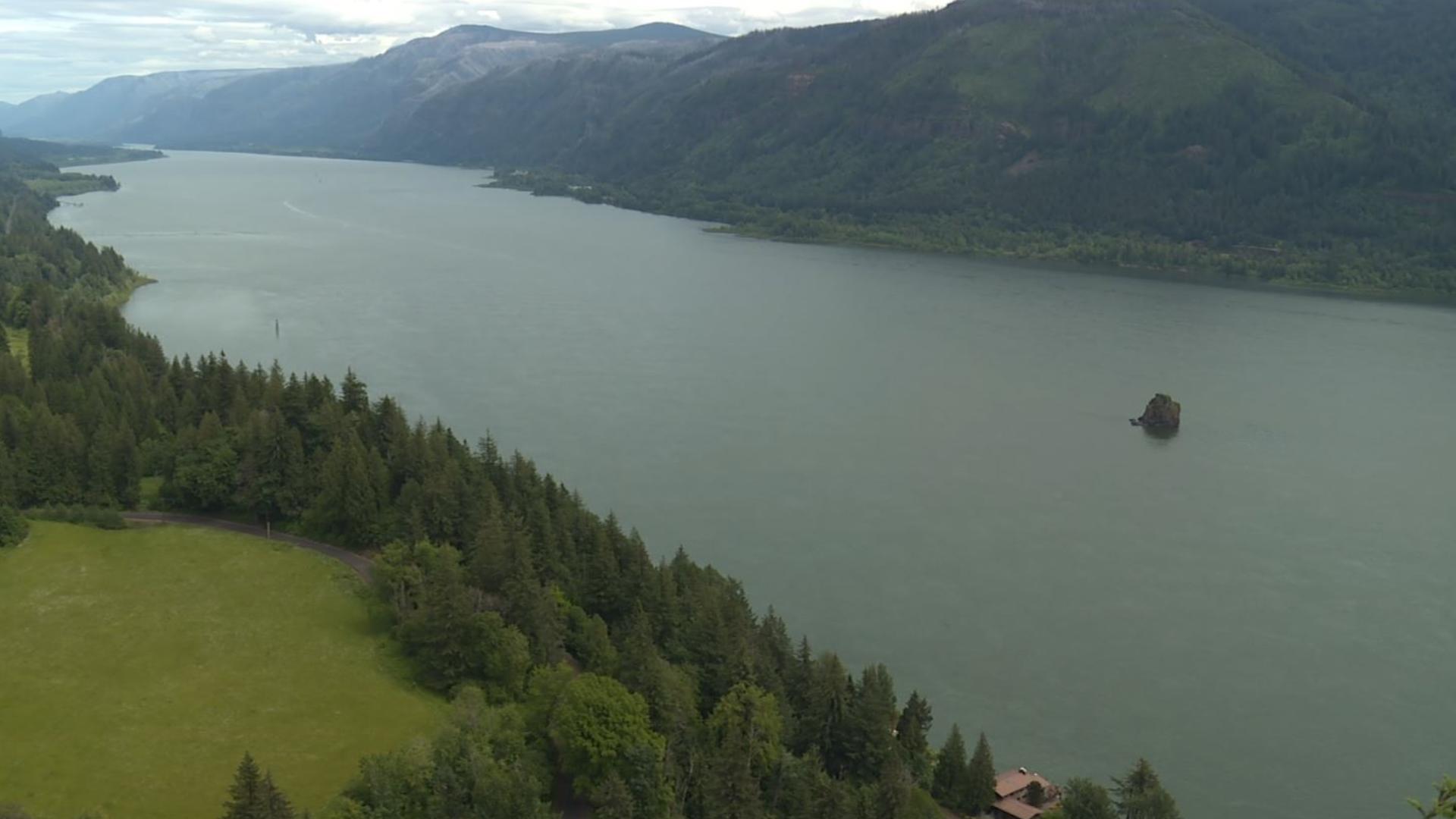TACOMA, Wash. — Since its formation by Ice Age megafloods 14,000 years ago, the Columbia River has been a source of life, food, hydropower and so much more.
"It's a big river with a big history," said Laurel Overstreet, who is the lead curator of the Washington State History Museum exhibition "Big River: The Columbia's Many Meanings." The exhibit takes visitors on a journey through 1,300 miles of history
"It was people's home," Overstreet said. "It was a trade network. It was a source of food and it still is those things for many people."
At one time there were 10 million salmon moving through the Columbia River, and then came the dams. Sixty of them.
"The Columbia River is kind of unique in that its elevation changes over its extremely long length," Overstreet said. "And that makes it a really good candidate for generating hydropower. So a lot of the dams were built for that reason."
In the 1940's Folk singer Woody Guthrie was hired to write songs promoting the construction of the river's most famous dam, The Grand Coulee Dam.
"The big Grand Coulee Dam in the State of Washington is just about the biggest thing that man has ever done," he sang.
"It was something that people had to be convinced was really a good idea and Woody Guthrie was part of that process," Overstreet said.
Hydropower now generates more than half the Northwest's energy supply and is one of the reasons then rural Hanford played such a big role in the development of nuclear weapons.
But this exhibition doesn't just look at the past but asks questions to be faced in the future.
"The big questions will be who gets to manage the river, who gets a say, and how do we treat the river and how do we treat each other in the process of deciding what to do with the river's future," Overstreet said.
The exhibition runs through October 27, 2024.
KING 5's Evening celebrates the Northwest. Contact us: Facebook, Twitter, Instagram, Email.

